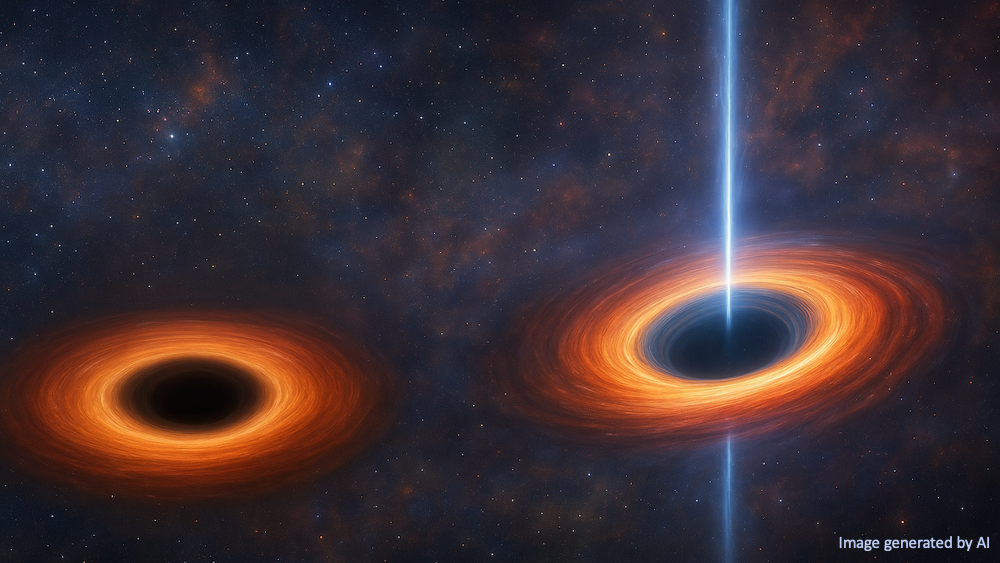Black holes (BHs) are fully described by three fundamental parameters: mass, charge, and spin. The spin parameter, a, can take values between 0 for a Schwarzschild BH to 1 for an extreme Kerr BH. In binaries hosting BHs, their spins are important for the BH formation scenarios and evolution history. Thanks to recent advances in astrophysical instrumentation, BHs residing in two types of binaries can be studied: accreting X-ray binaries (XRBs) and gravitational wave (GW) sources. A key finding of LIGO-Virgo observatories is that BHs in merging BH binaries generally have low spin values; 〈a〉~ 0.1. In contrast, the spins obtained via spectral and polarimetric fitting of BH XRBs have high values, with many cases of a~1 and 〈a〉>0.7. This discrepancy raises fundamental questions about the BH formation channels and evolution paths. We propose to resolve this tension by investigating three possible explanations:
- Different formation channels. Merging binary BHs and accreting XRBs were formed through different processes.
- Systematic biases in spin measurements. The spin values from X-ray fitting methods could be affected by our incomplete understanding of accretion physics.
- Different evolutionary paths. BH XRBs have gained their high spins through accretion.
To address these issues, we need to gather specialists in BH formation, binary evolution, and accretion physics. We will conduct a comprehensive study of the most recent multimessenger data on these systems and discuss directions for the refinement of theoretical models. Our goal is to establish benchmarks for spectral and binary evolution models, ultimately providing reliable estimates of BH spins.

